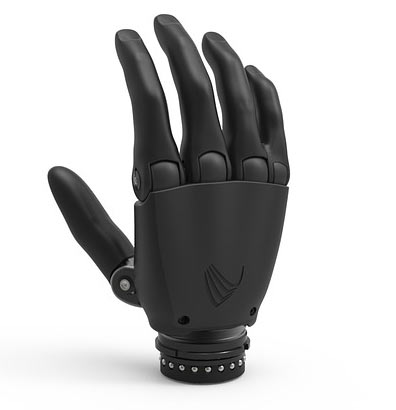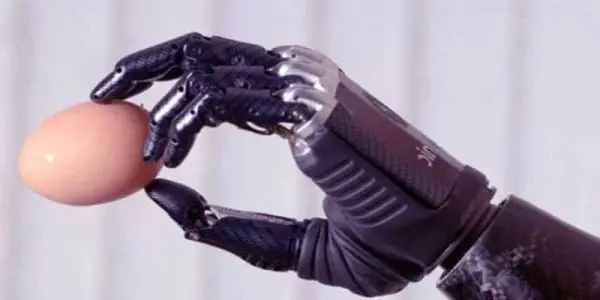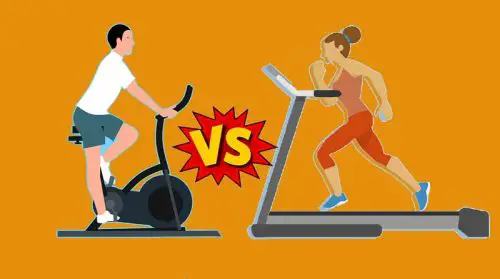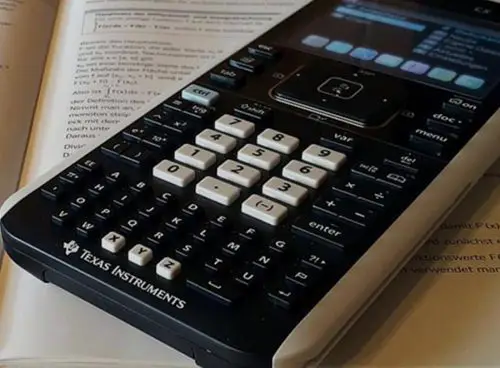Talking about “how much does a prosthetic arm cost?” The regular price of a myoelectric prosthetic arm depends on the level of disability. For just a myoelectric prosthetic hand, the cost is about $18,000, the arm and hand, $20,000 and up to the shoulder, $60,000.
Table of Content
How much does a prosthetic arm cost?
How Much does a Prosthetic Arm Cost?: 

Inspiring your journey, one story at a time. #LifeFalcon.
The thoughts actuated arm which is surgically embedded and is attached to the disabled’s nerves can cost up to $6 million. This is how much is a prosthetic arm, which is quite expensive.
What is a Myoelectric prosthesis?
“Myoelectric” is the term for electric properties of muscles. A myoelectric-controlled prosthesis is an externally powered artificial limb that you control with the electrical signals generated naturally by your own muscles.
Read more about it in the section: Below-knee prosthesis types – types of prosthetic legs below the knee.
Technology is on the rise and who knows how far it can go. When we think of what the future will be like, the first thing that comes to mind is the robot.
Technological advancements are taking place in every field be it, daily life activities, space activities or health and fitness, etc.
The branch of technology that deals with the design, construction, operation, and application of robots, as well as computer systems for their control, sensory feedback, and information processing is called robotics.
For years people with disabilities have been isolated and considered helpless beings. Prosthetics, as we know, is the branch of medicine dealing with the production and use of artificial body parts. An attempt to make people with amputees and disabilities, scientists and researchers have made a huge breakthrough in the field of robotics by successfully experimenting with robotic prosthetics.
What are robotic prosthetics and a brief overview of its history
Robotic prosthetics is the name given to the modern prosthetics, where robotic limbs or body parts are created. Robotic limbs are defined as mechanical limbs that are controlled by microprocessors and nerve impulses. It includes a prosthetic arm or types of prosthetic legs below the knee. (more on that on “Types and designs of robotic prosthetics – types of prosthetic legs below the knee” below). They sense what they touch and send the feeling to the brain with impressive control levels.
In the more modern times, the American civil war from 1861-1865, world war I and after that world war II the need for prosthetics surged. The first of its kind modern prosthesis research begins in the American Orthotic and Prosthetic Association (AOPA).
Since then developments ( arms & types of prosthetic legs below knee) have been made in the shape of microprocessors, computer chips, and devices that allow the disabled people to enjoy and turn back to life they were accustomed to.
Mind-controlled bionic arm with a sense of touch
One of the most complex robotic arm to date. You can control that using your brain. As humans we are tool users and every time we develop a new tool, it changes the way we live. The applied physics laboratory at the John Hopkins University has developed a new bionic arm that identifies tactile sensations and controls body movements with a mechanical hand. This has completely revolutionized how human beings interact with machines.
The bionic arm can do everything a normal hand can do, called the modular prosthetic limb. The modular prosthetic limb interprets and converts signals from the body’s nervous system to motion.
When the modular prosthetic limb interacts with objects, signals from over 100 different sensors send information back to the brain creating a sense of touch. Sensors are put around the arm that can read your muscle patterns and you would do movements with your ‘’imaginary” arm and the machine would recognize the muscle patterns and then the arm would do those motions afterward.
Types and designs of robotic prosthetics – types of prosthetic legs below knee & arms
As with most technology, there are many different designs of robotic limbs.
Below knee prosthesis types – types of prosthetic legs below the knee
The company iWalk (using technology developed at MIT) developed the Power Foot One, Below knee prosthesis types, a robotic ankle, and foot. The Power Foot One operates by Several thousand times each two microprocessors and six sensors evaluate and adjust ankle position, stiffness, damping and power.
These below knee prosthesis types control algorithms generate human-like force while traversing ground, slopes, and stairs, providing active amputees with near-normal gait and lower energy expenditure than existing, passive prosthetics.
Another very futuristic addition to the world of robotic prosthetics is the Bebionic. Sleek, elegant and cutting-edge in both design and technology, our flagship bebionic range pushes the boundaries of multi-articulating myoelectric hands.
As the world’s most lifelike, functional and easy to use myoelectric hand commercially available today, Bebionic is comfortable, precise and intuitive for patients, transforming the lives and abilities of amputees around the world – from helping them perform simple tasks like tying shoelaces to giving them back their control and their pride.
Why aren’t robotic prosthetic products common?
After seeing people getting aided by the modern prosthetics and artificial limbs giving them a second chance at life or giving the taste of life to those born with disabilities, one wonders why can’t this beneficial technology be available on the mass market. There are many hurdles in the development of robotic prosthetic body parts and other factors too hamper the availability.
The most common element is cost. These devices cost a lot and it is very challenging to introduce them to the average people with disabilities. Every limb must be customized for the specific person and that adds to the cost making. How much is a prosthetic arm depends on a lot of factors, mostly the length of disability. At the start, I talked about how much does a prosthetic arm cost?
There are many social and ethical issues as well that come with the use of robotic prostheses. People with these devices might get an unfair edge over the people who can’t either afford or aren’t introduced to this technology.
Conclusion
Whether or not the artificial robotic prosthetics could be one day able to outrun the natural limbs. Or will the technology advance to the level, where people with disabilities can be considered equally productive as normal humans, the progress and development have been massive.
Robotic prosthetics have shown us that technology has reached the level where we can raise deprived humans in the shape of physical shortcomings to replace those body parts ( arms. hands, below-knee prosthesis types – types of prosthetic legs below knee) and start functioning like everyone and that too at the efficient and optimum level.



















